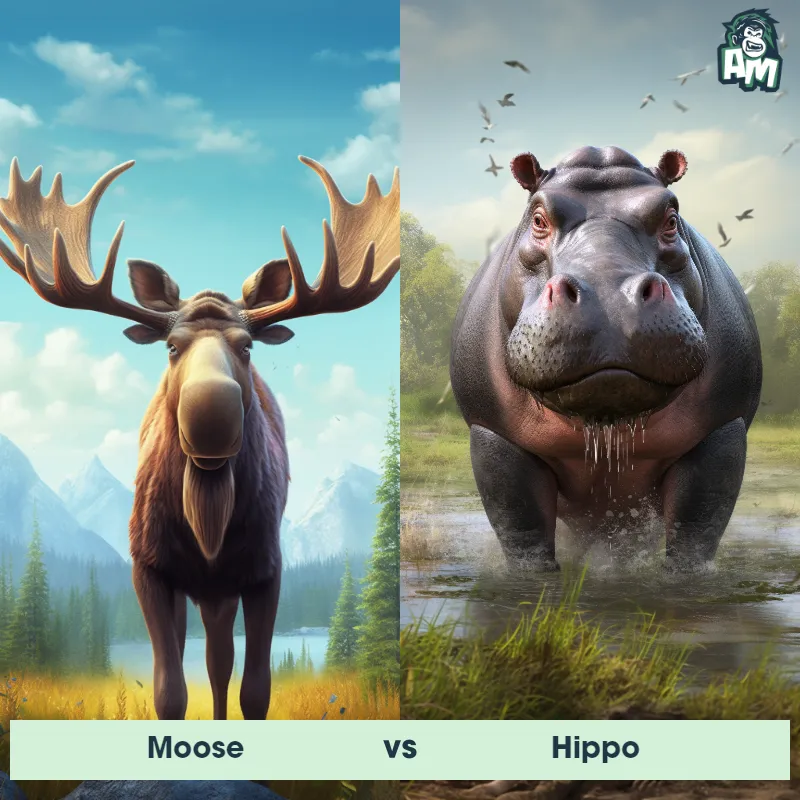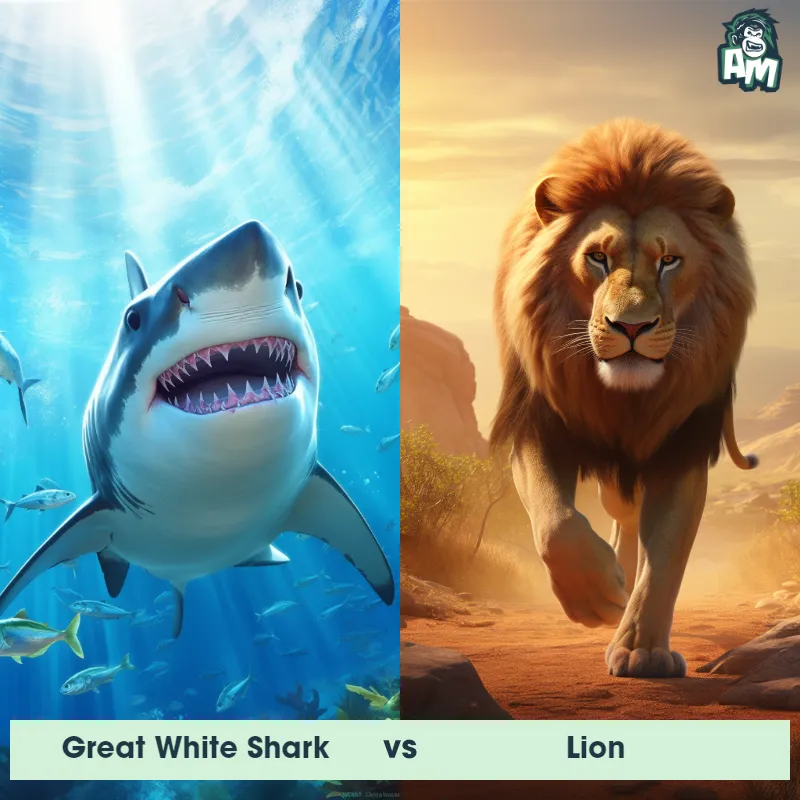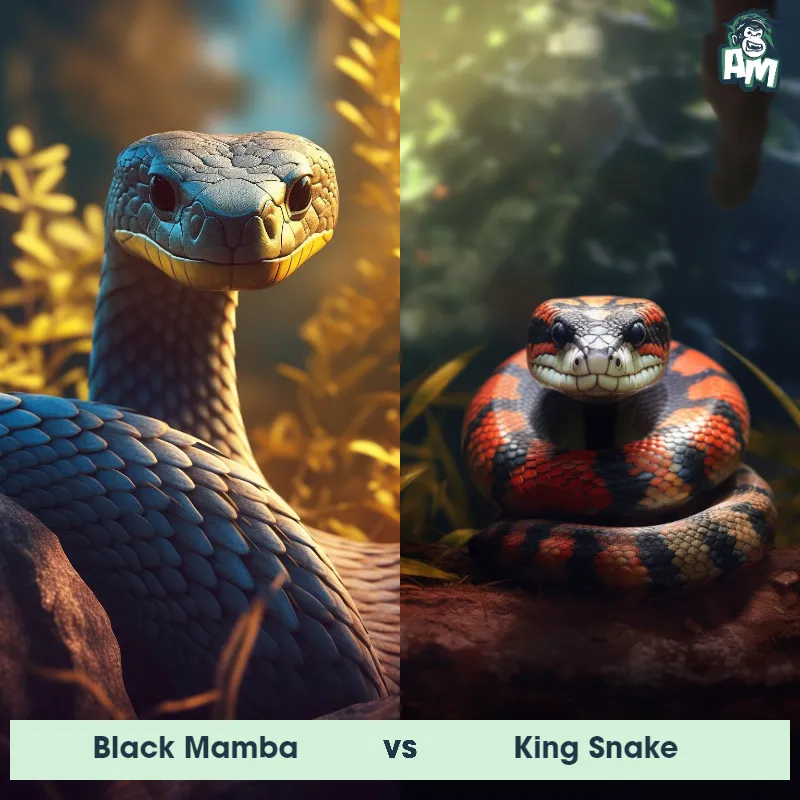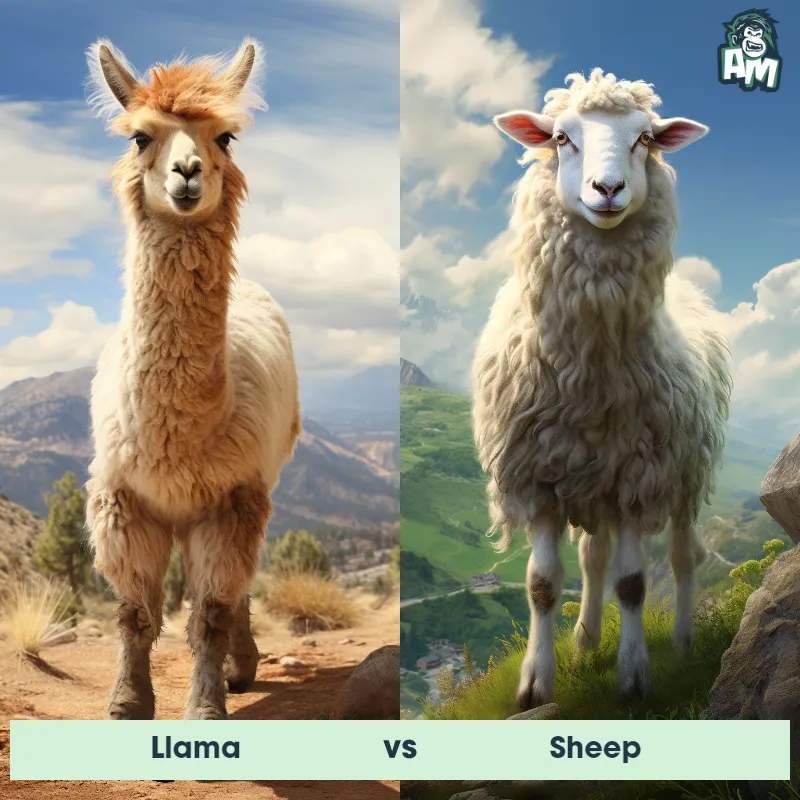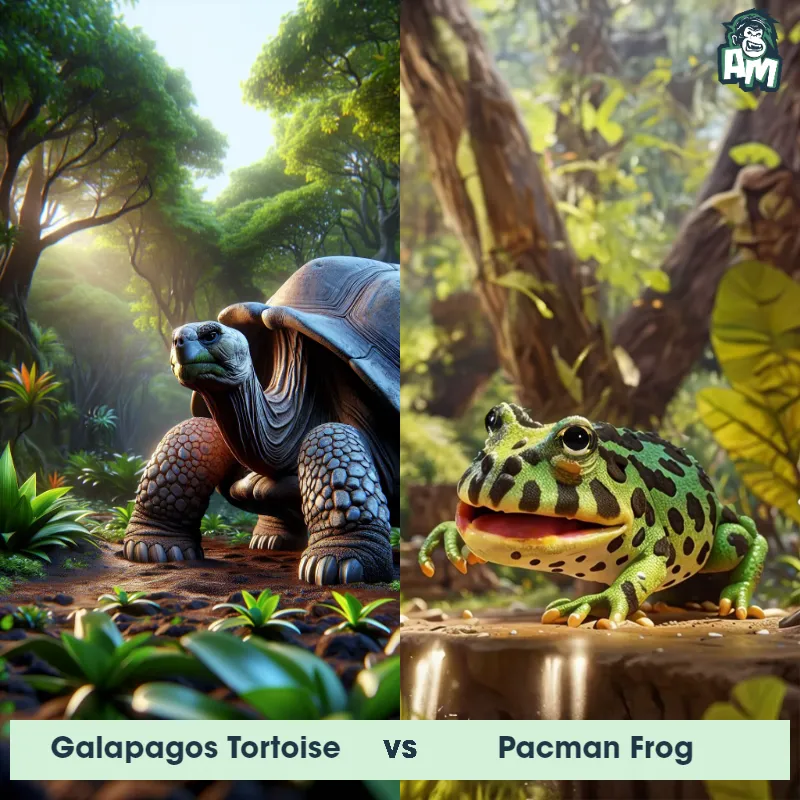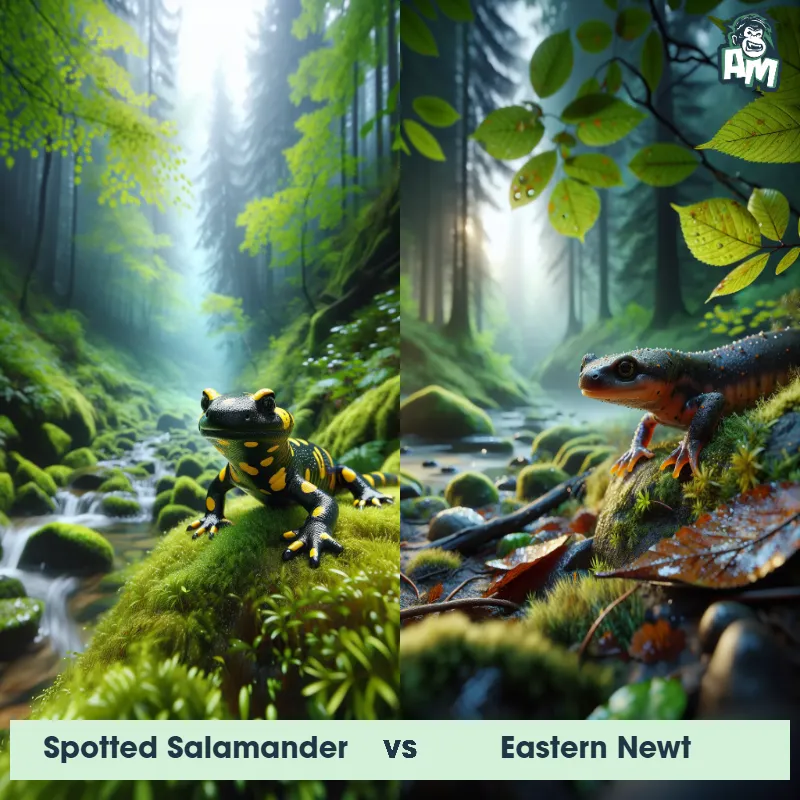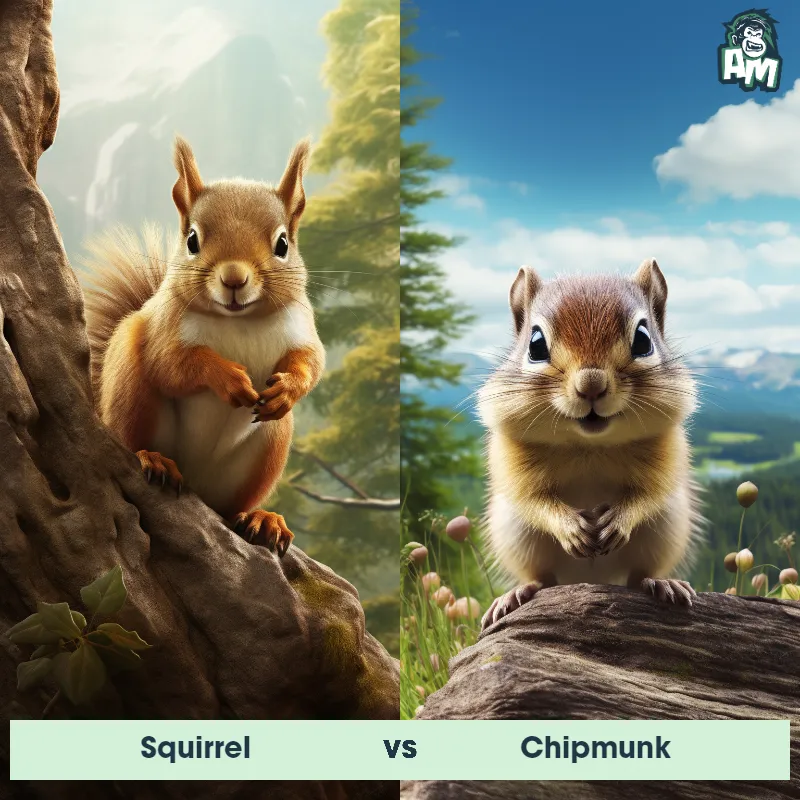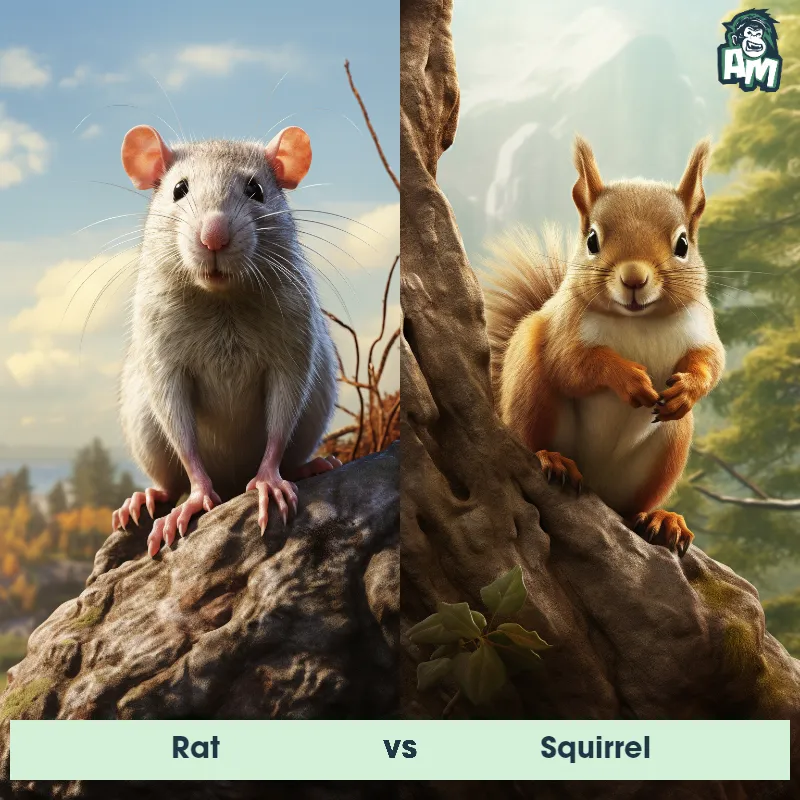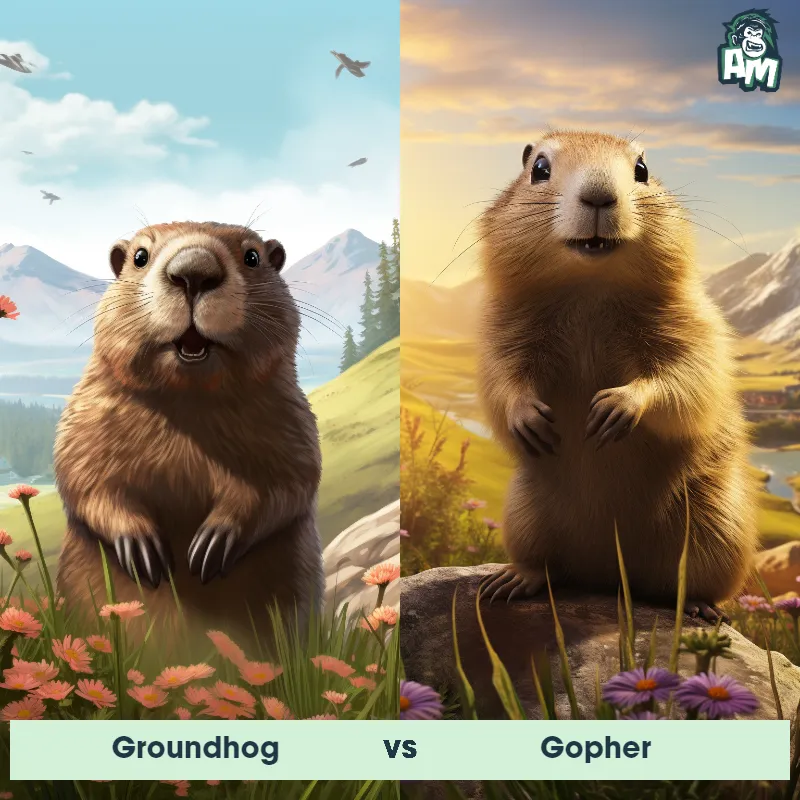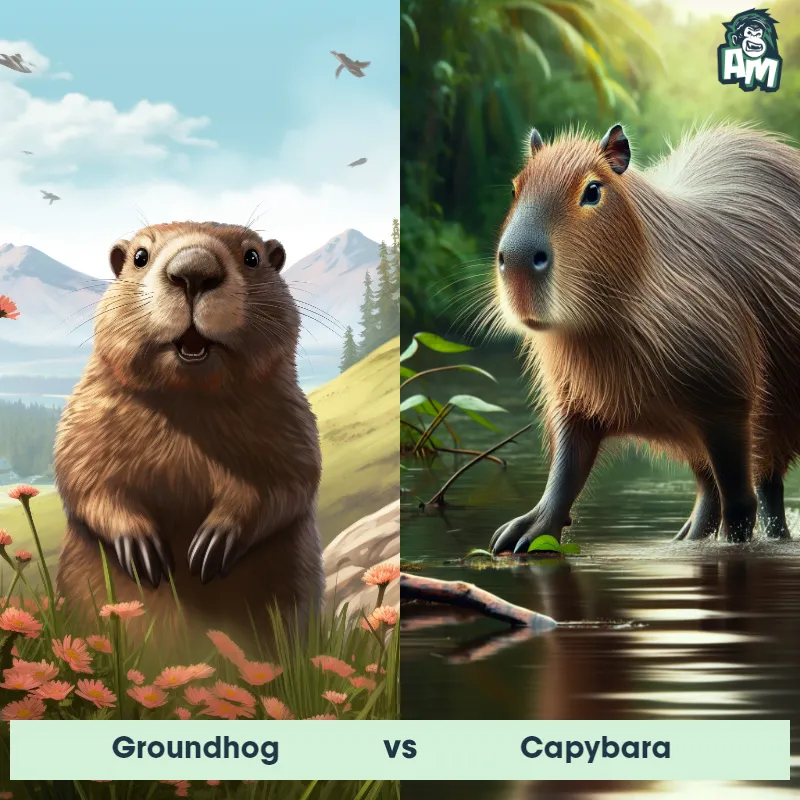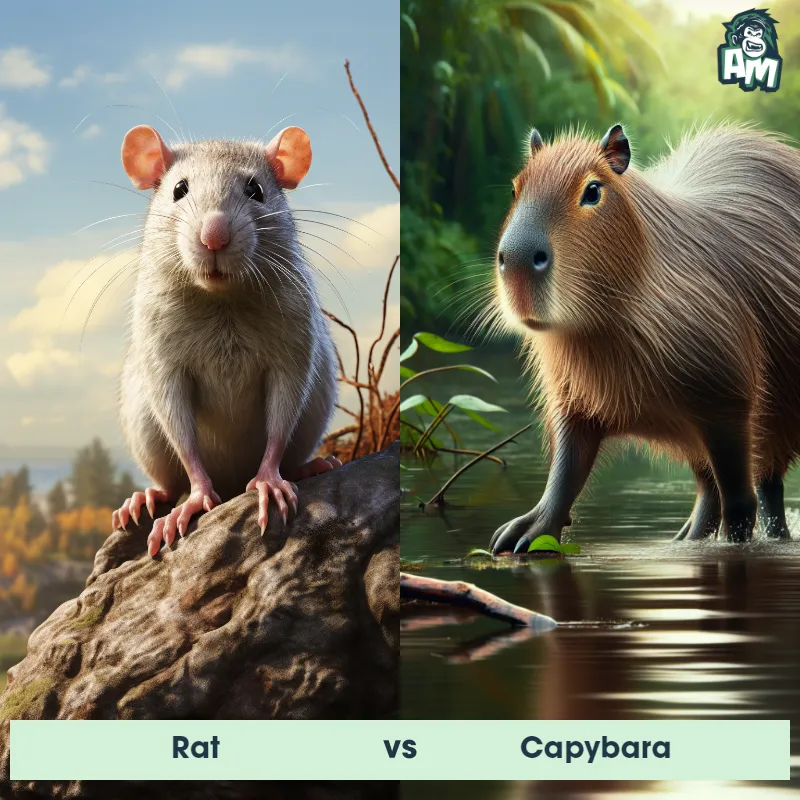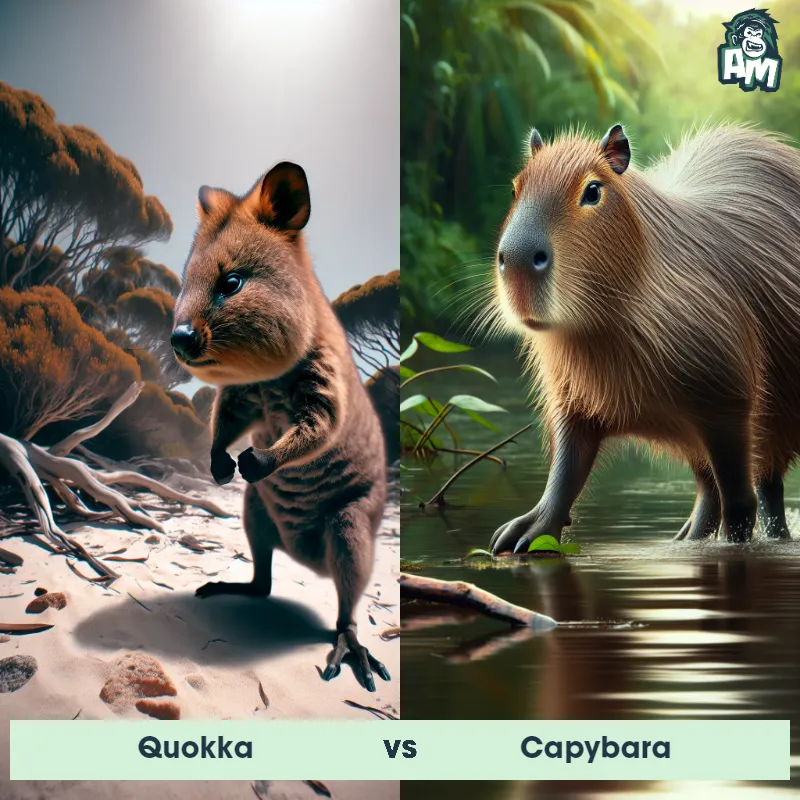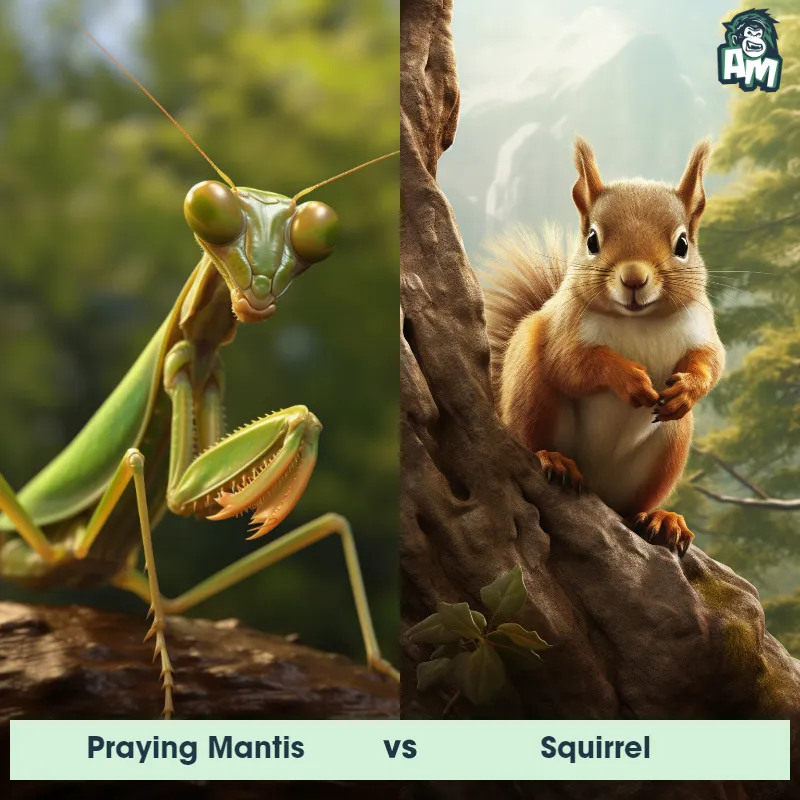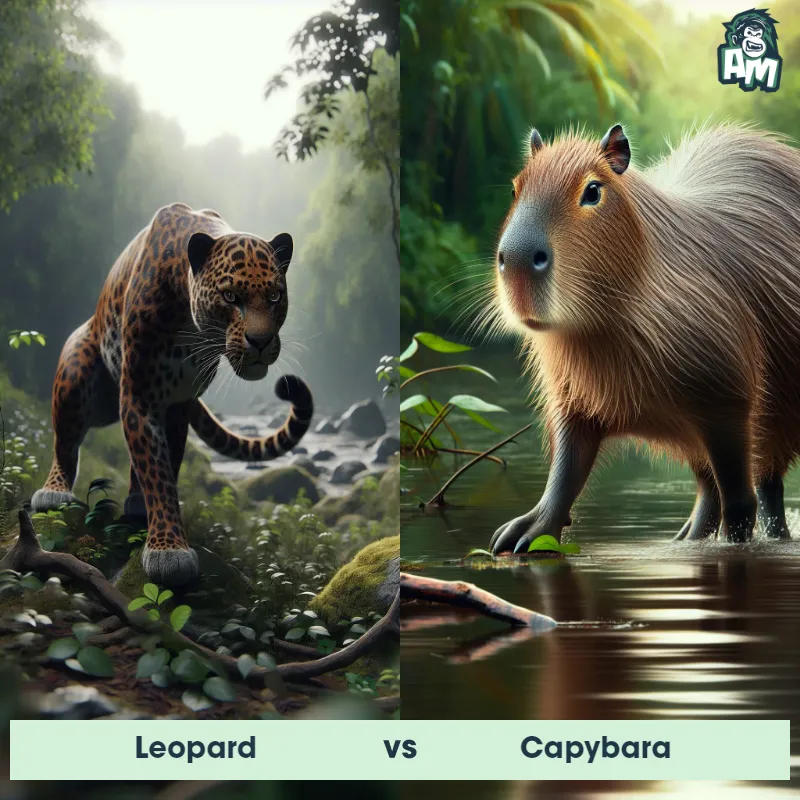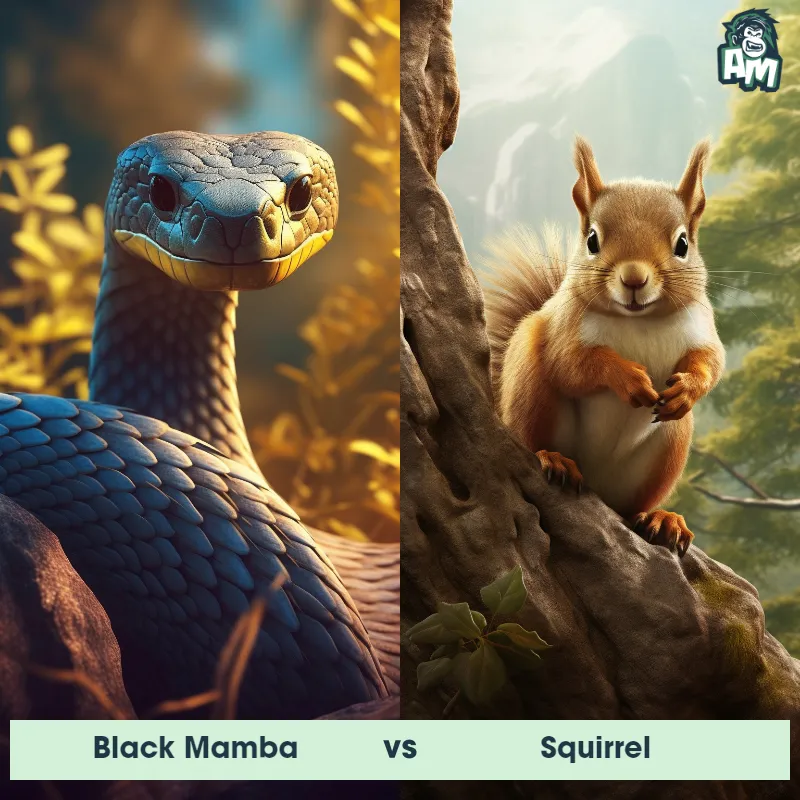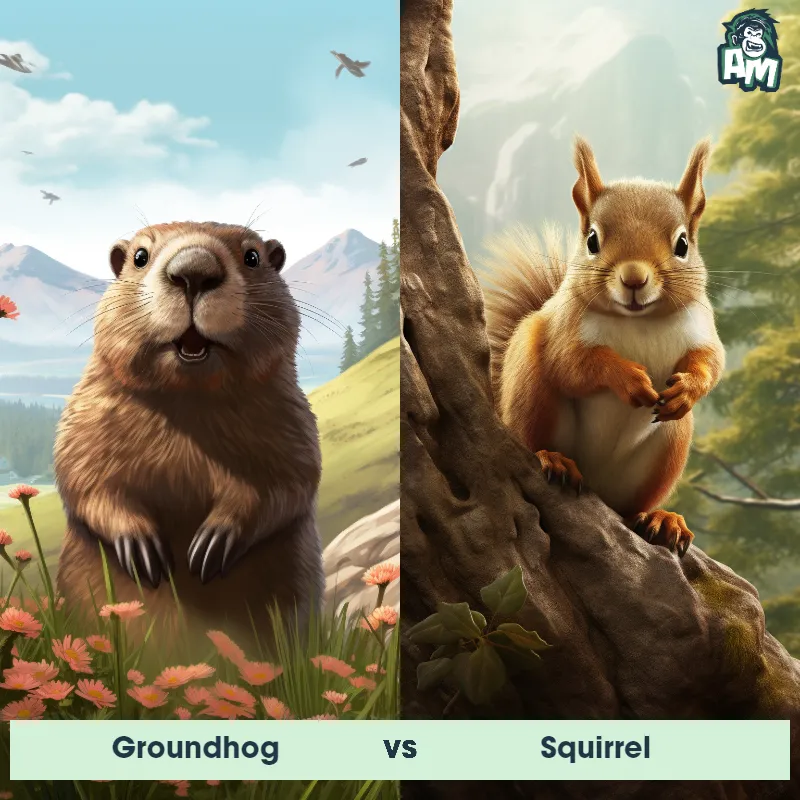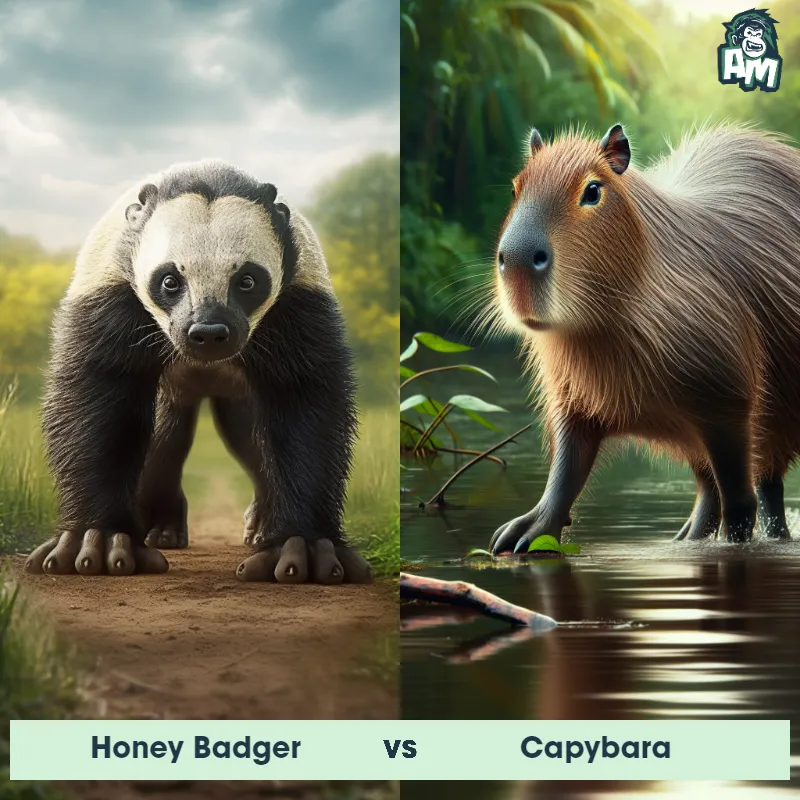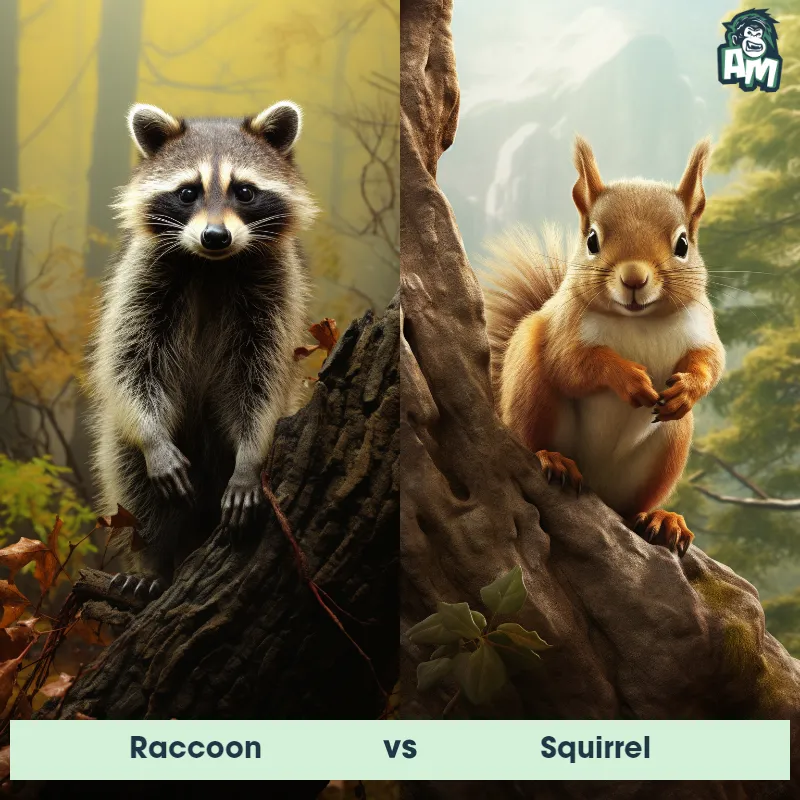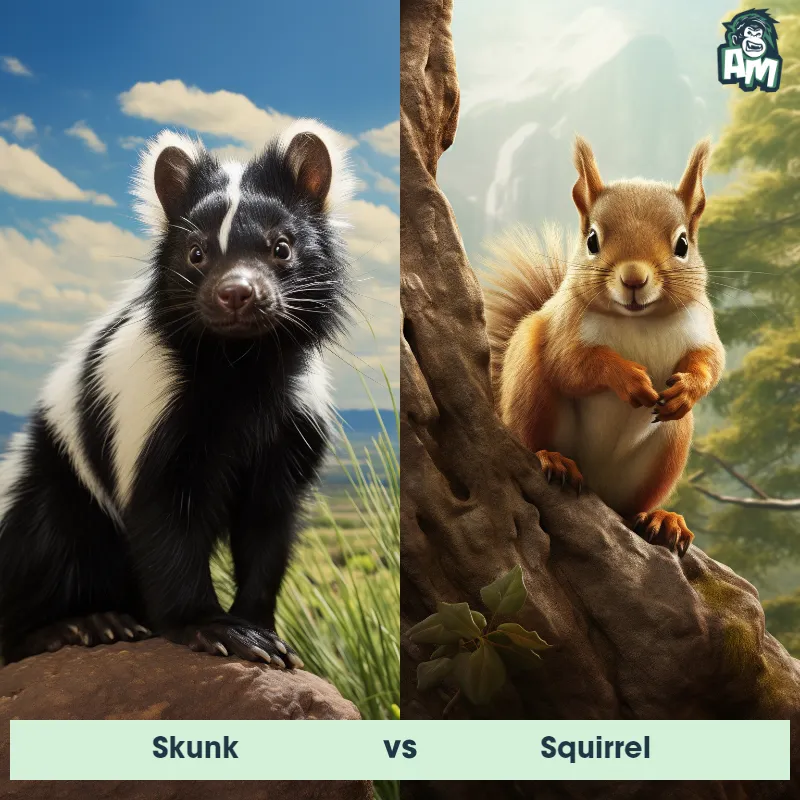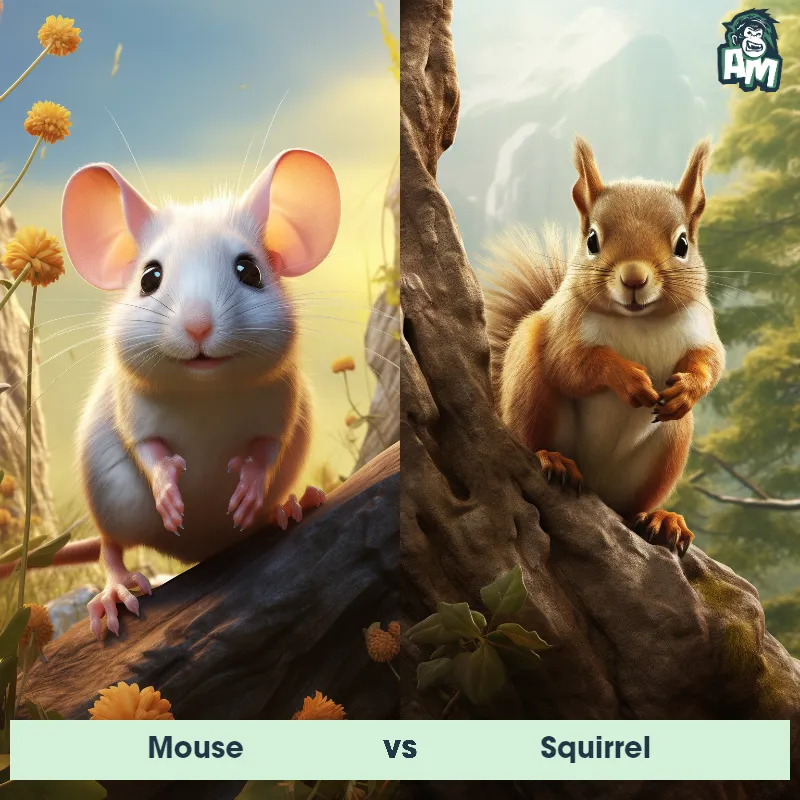Gopher vs CapybaraSee Who Wins

Ladies and gentlemen, welcome to this thrilling matchup between two formidable opponents. In today's corner, we have the cunning gopher, known for its exceptional digging abilities. And in the opposite corner, we have the mighty capybara, the largest rodent in the world! Both animals are ready to battle it out for victory. Let's dive into the action!
Contender 1: Gopher
The gopher is a small rodent that is primarily known for its burrowing habits. They have a robust, cylindrical body, small eyes, and even smaller ears. Their fur can range from light brown to nearly black. Gophers possess strong front legs with large claws, which they use efficiently for digging intricate tunnel systems. They are solitary animals, often inhabiting a range of environments, such as prairies, forests, and gardens, where they feed on plant roots, bulbs, and other vegetables.
Fun Fact: Despite their small size and seemingly insignificant presence, gophers play a crucial role in ecosystem health as their burrowing helps to aerate the soil, leading to improved nutrient circulation and soil fertility.
Contender 2: Capybara
The Capybara, also known as Hydrochoerus hydrochaeris, is the largest rodent in the world. They are native to South America and are semi-aquatic creatures that spend a significant amount of time in water. Capybaras have a stocky, barrel-shaped body with a short head, small ears, and eyes positioned high on their head. They have webbed toes and can even close their ears and nostrils when fully submerged. Closely resembling a giant guinea pig, they have short, coarse fur that can vary in color from reddish-brown to gray, and their front teeth continue to grow throughout their lifespan.
Fun Fact: A fascinating fact about Capybaras is that they are highly social animals and are known to form close-knit family groups. They live in large herds of up to 100 individuals, comprising several adult males, females, and offspring. These herds have a hierarchical structure, with a dominant male leading the group and defending his territory and harem of females.
Matchup Stats
| Gopher | Capybara | |
|---|---|---|
| Size | 5-14 inches (12.7-35.56 cm) | About 1.2 meters (3.9 feet) in length |
| Weight | 0.5-2.2 lbs (0.23-1 kg) | Around 50-65 kilograms (110-143 pounds) |
| Speed | 8mph (13km/h) | 22 mph (35 km/h) |
| Key Strength | Strong front legs with large claws for digging and defense | Powerful jaws and strong legs for defense |
| Biggest Weakness | Small size and poor eyesight | Less agile on land compared to in water |
Current Votes
Gopher vs Capybara
See Who Wins
View More Matches
Looking For More?
Similar Matches
Scientific Stats
| Gopher | Capybara | |
|---|---|---|
| Scientific Name | Geomyidae | Hydrochoerus hydrochaeris |
| Family | Rodentia | Caviidae |
| Habitat | Underground burrows | Semi-aquatic, found in wetlands and grassy areas near water bodies. |
| Geography | North and Central America | Native to South America, specifically found in countries such as Brazil, Venezuela, Colombia, and Argentina |
| Diet | Herbivore, primarily plant roots, bulbs, and other vegetables | Herbivorous, primarily feeding on grasses and aquatic plants. |
| Lifespan | 1 year - 3 years | 10 years - 12 years |
Key Differences between Gopher and Capybara
- Size: The Capybara is significantly larger, reaching an average weight of 100 pounds, while the Gopher is on the smaller side, usually weighing less than a pound.
- Shape: The Gopher has a compact and cylindrical body shape, while the Capybara has a more elongated and robust body structure, resembling a large guinea pig.
- Tail: Capybaras have a long and thick tail, whereas Gophers have a relatively short and more slender tail that is not as noticeable in their appearance.
- Ears: Capybaras have round, large, and protruding ears, whereas Gophers have small and rounded ears that are not as noticeable on their head.
- Color: Gophers typically have brown or gray fur on their body, while Capybaras have a reddish-brown or tan coat that can sometimes appear more golden.
- Facial features: The Gopher has prominent front teeth that often extend outside of its mouth, while the Capybara has a more flattened and rounded face with a shorter snout.




